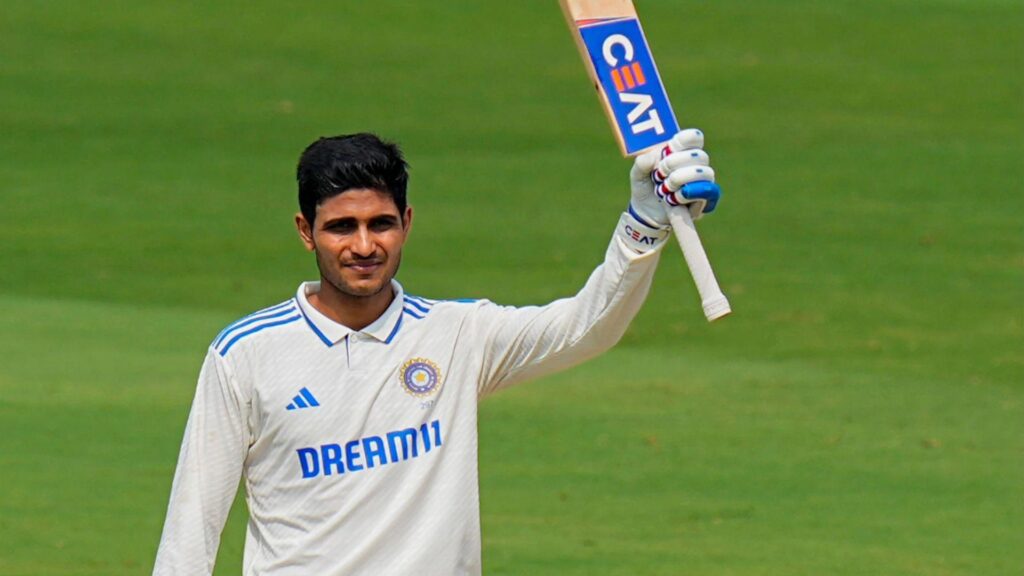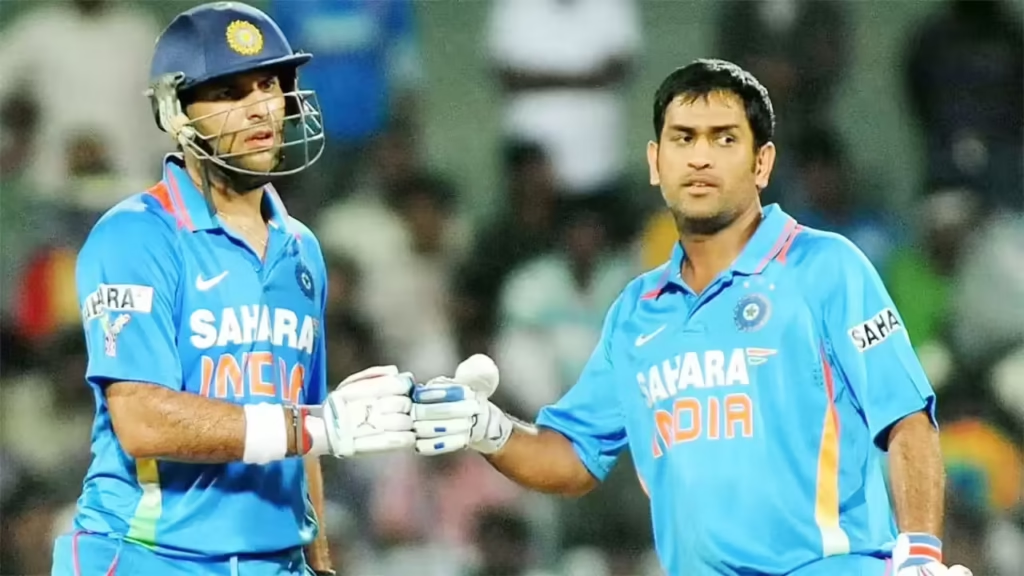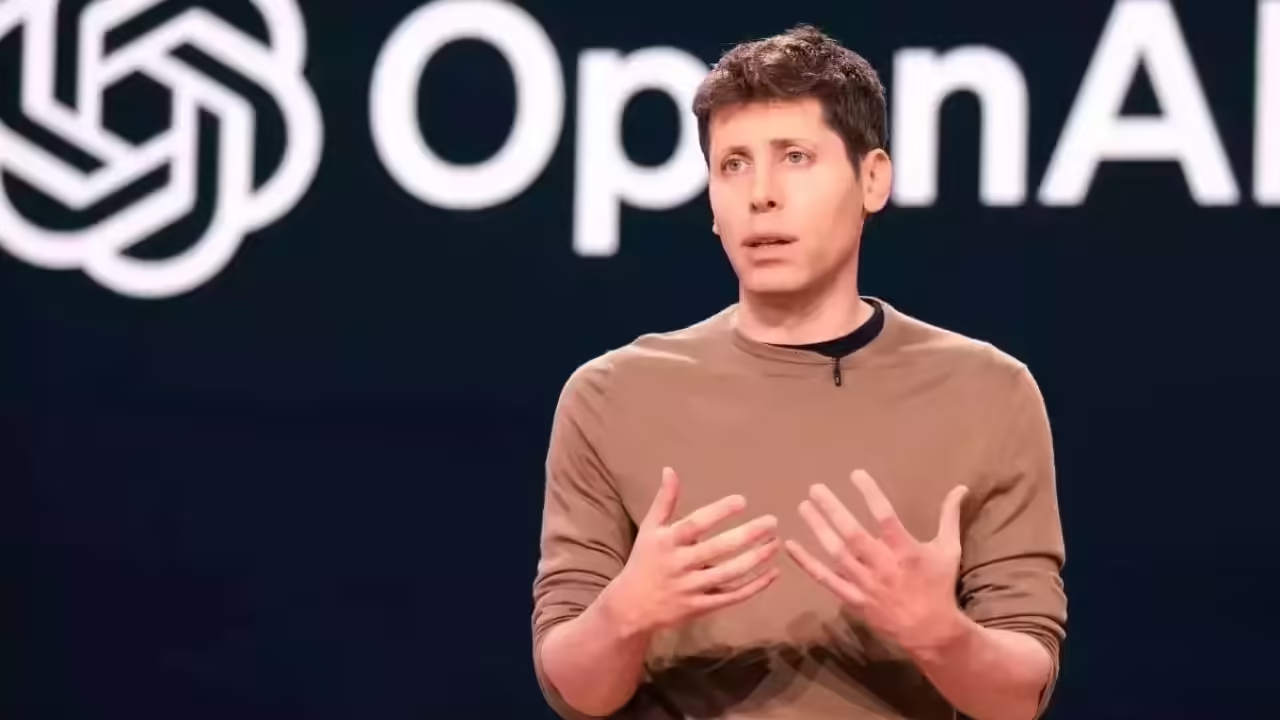Now Reading: Gautam Gambhir’s Intense Chat with Yashasvi Jaiswal Ahead of 2nd Test Sparks Conversation
-
01
Gautam Gambhir’s Intense Chat with Yashasvi Jaiswal Ahead of 2nd Test Sparks Conversation
Gautam Gambhir’s Intense Chat with Yashasvi Jaiswal Ahead of 2nd Test Sparks Conversation

A tense exchange between Team India mentor Gautam Gambhir and young opener Yashasvi Jaiswal ahead of the second Test match has drawn attention across cricket circles. Captured during a training session, the brief yet serious moment showed Gambhir speaking firmly while Jaiswal listened in silence. The clip, now circulating on social media, has raised questions about team pressure, player development, and the high expectations placed on India’s emerging talents.
A Learning Curve for Young Talent
Yashasvi Jaiswal, known for his aggressive stroke play and fearless attitude, is among India’s brightest young prospects. However, international cricket comes with its own set of challenges — consistency, patience, and adaptability being key among them. Gambhir’s stern words may have been a reality check or simply technical advice delivered with intensity.
For many young cricketers, especially those from Tier 2 cities like Meerut, Bhopal or Visakhapatnam, these moments of public correction highlight the pressures of staying at the top and constantly evolving under expert scrutiny.
Gambhir’s No-Nonsense Style
Gambhir, known for his fierce competitiveness and straightforward approach, has never shied away from expressing his expectations. As a mentor, he brings that same mindset into the dressing room — demanding discipline, focus, and accountability. This isn’t the first time he’s been seen guiding youngsters with a direct, sometimes blunt approach.
While it might seem harsh on the surface, such moments often reflect deeper mentorship — aiming to sharpen a player’s mental game as much as their on-field performance.
Social Media Reacts, Team Remains Unfazed
Fans online were quick to dissect the clip, with opinions ranging from appreciation for tough love to concern over body language and timing. However, there was no visible tension between the two in later footage. In fact, the team continued its preparations without any sign of discomfort.
These moments are common in professional sport, especially when expectations are high and every match counts. Experienced players like Gambhir often use such situations to guide younger teammates through the demanding nature of Test cricket.
Lessons for Aspiring Players in Smaller Cities
Jaiswal’s journey — from selling pani puri in Mumbai to opening for India — is already an inspiration across India’s smaller cities. For young players watching this unfold, it’s a reminder that even after making it to the national side, learning never stops. Hard feedback is part of growth, and mentors play a critical role in shaping the mindset of future champions.
In Tier 2 and Tier 3 cities, where cricket infrastructure is improving and dreams are growing bigger, this incident reinforces the importance of mental toughness alongside skill development.
Conclusion
The Gambhir-Jaiswal interaction may have appeared tense, but it also underlines the high-performance culture within the Indian team. In the fast-paced world of international cricket, especially in the longest format, moments like these are less about conflict and more about clarity. For young cricketers and fans, it’s a real-time example of how top-level sport is built not just on talent — but on honest guidance and continuous learning.

























